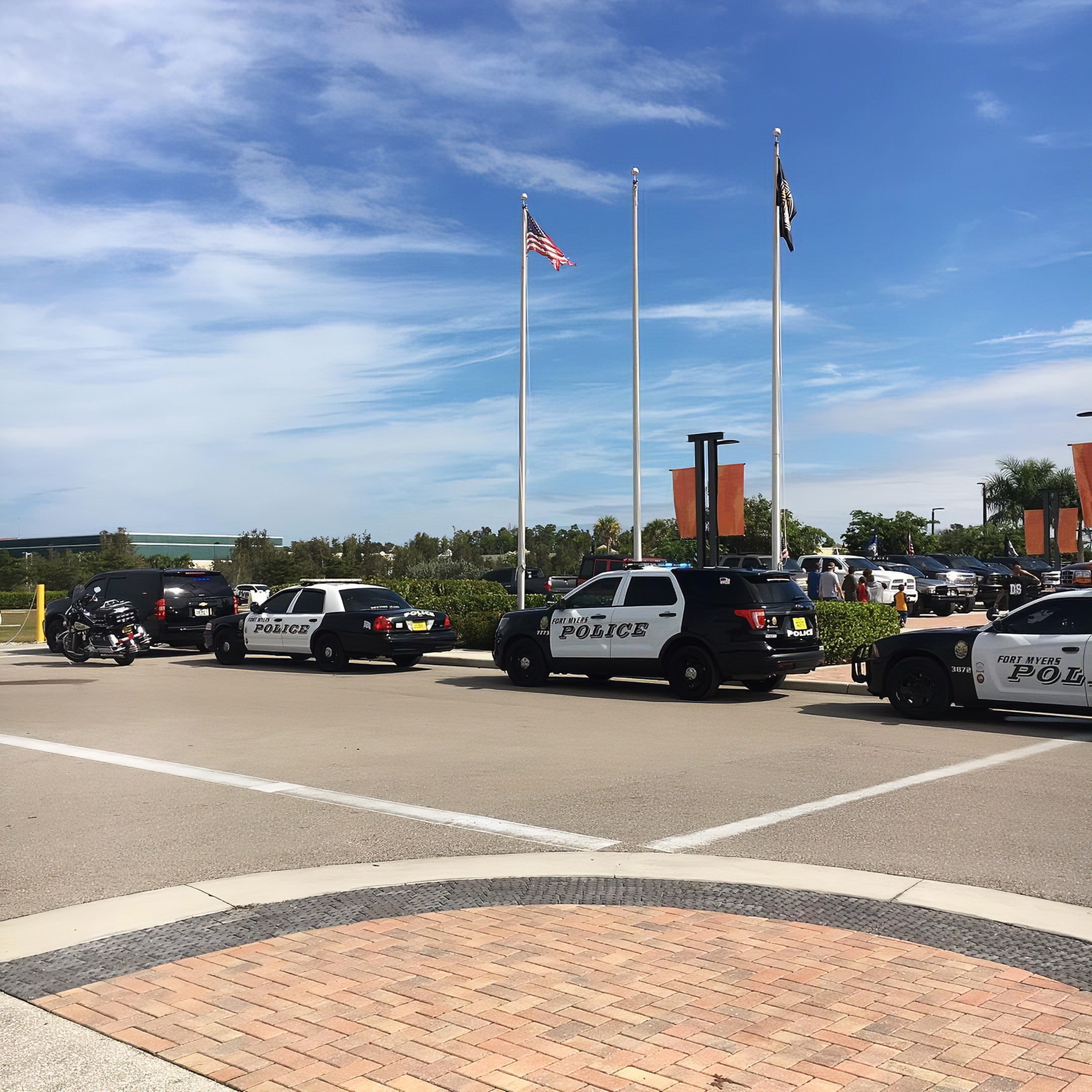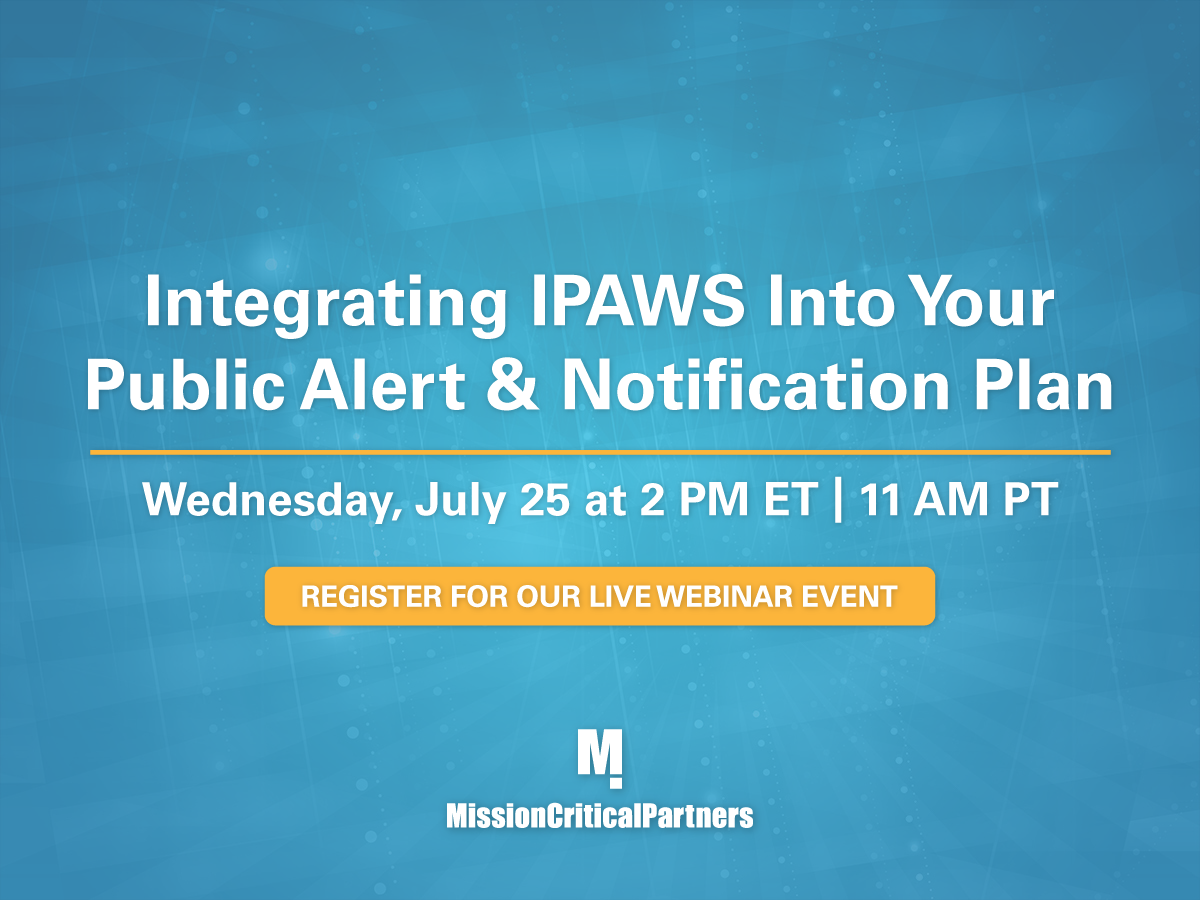What trends are expected to disrupt the public safety sector in 2019?
For 911 and emergency response organizations, it has never been more critical to stay ahead of the curve. In this post, Mission Critical Partners' (MCP) subject-matter experts offer their take on the advancements that will have the greatest impact on public safety’s transformation this year.
1. 5G Will Significantly Expand, Opening the Door for Transformative Capabilities that are Limited Today by Wireless Bandwidth.
Dave Sehnert, Director of Innovation and Integration (Twitter: @NG911Consultant)
“5G is expected to expand in 2019 beyond its current limited deployment, and the first wave of smartphones for 5G networks also is expected this year. 5G technology offers speeds that are 10–20 times faster than 4G LTE, and latency is reduced to a few milliseconds. 5G’s impact extends to public safety and other fields that increasingly rely on high-speed connections. Last year, one wireless carrier announced the creation of a 5G First Responder Lab that will serve as an incubator and testing ground for innovative technologies that use 5G and can be deployed for public safety use cases. With 5G, public safety communications finally will benefit from a full spectrum of new and increasingly prevalent technologies, such as sensors, wearables, smartphones, smart buildings, facial-recognition systems and drones, to name a few. The integration of data from these applications into the emergency response ecosystem will create increased situational awareness, reduced response times, and ultimately, the potential for more lives saved.”








.jpg)
.jpg)



